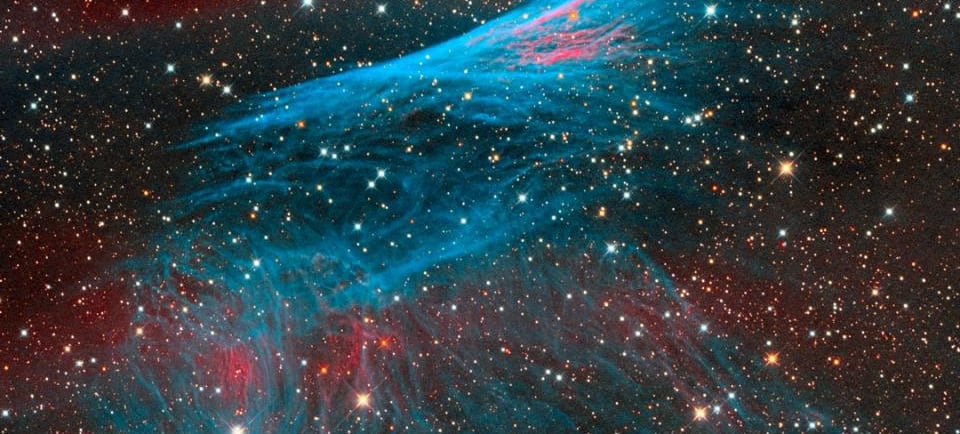NGC 2736: The Pencil Nebula


Introduction to NGC 2736
The Pencil Nebula, scientifically designated as NGC 2736, is a fascinating astronomical feature situated within the Vela constellation. This striking nebula is a part of the Vela supernova remnant, representing the remnants of a massive star that ended its life in a cataclysmic explosion. The Pencil Nebula is characterized by its elongated shape, which resembles a pencil, leading to its colloquial name.
The Formation of the Pencil Nebula
The formation of NGC 2736 showcases the incredible processes associated with stellar evolution. As a supernova remnant, this nebula results from the shock wave produced by a supernova event. When a massive star exhausts its nuclear fuel, it undergoes a gravitational collapse and subsequently detonates, expelling its outer layers into space. In the case of the Pencil Nebula, it is believed that the shock wave from this stellar explosion encounters dense regions of interstellar gas. This interaction leads to the radiant glow of the nebula, enhancing its visibility against the backdrop of space.
The Visual Characteristics of NGC 2736
Observing NGC 2736 reveals remarkable details about its structure and color. The nebula's intricate appearance, resembling a rippled sheet, is the result of varying densities of gas and dust interacting with the shock wave. The regions of brighter luminosity within the nebula indicate areas where the shock wave collides with denser gas, causing excitation and subsequent emission of light. Such visual features not only make NGC 2736 a subject of interest for amateur astronomers but also provide valuable insights for astrophysicists studying the life cycles of stars.
The Pencil Nebula is often imaged by astrophotographers and observed through telescopes, offering a stunning visual display of cosmic phenomena. Its unique form and significant role in the study of supernova remnants continue to intrigue scientists and stargazers alike. By examining NGC 2736, researchers gain insights into the processes that govern the life and death of stars, as well as the dynamics of interstellar matter.
Conclusion
In summary, NGC 2736, the Pencil Nebula, serves as a remarkable example of the cosmos's dynamism and complexity. As part of the Vela supernova remnant, this nebula highlights the aftermath of stellar explosions and the interactions that shape our universe. Future studies and observations of NGC 2736 will undoubtedly contribute to our understanding of stellar evolution and cosmological phenomena, unveiling the mysteries hidden within our galaxy.
